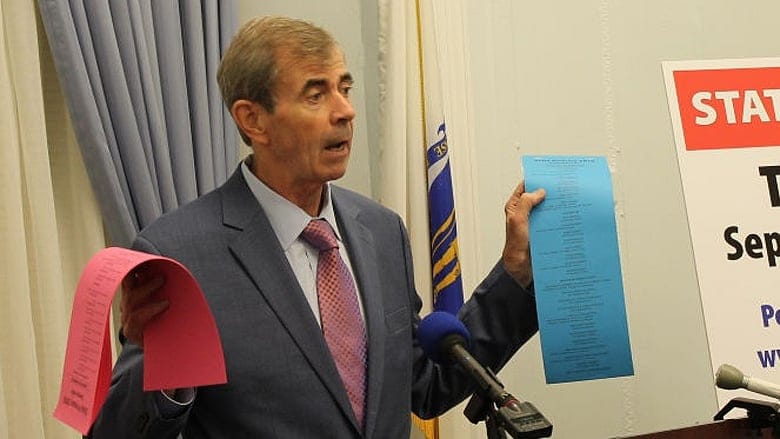Galvin: Primary turnout could fall below 10 percent

STATE HOUSE — The combination of no marquee statewide races fueling voter enthusiasm and scant competition for the scores of local elected offices that are up for grabs this cycle will ensure low voter turnout in Thursday's primaries, Secretary of State William Galvin said Tuesday.
Galvin, the state's chief elections officer, predicted that between 8 percent and 10 percent of the state's 4.37 million registered voters will turn out on Thursday across the state.

